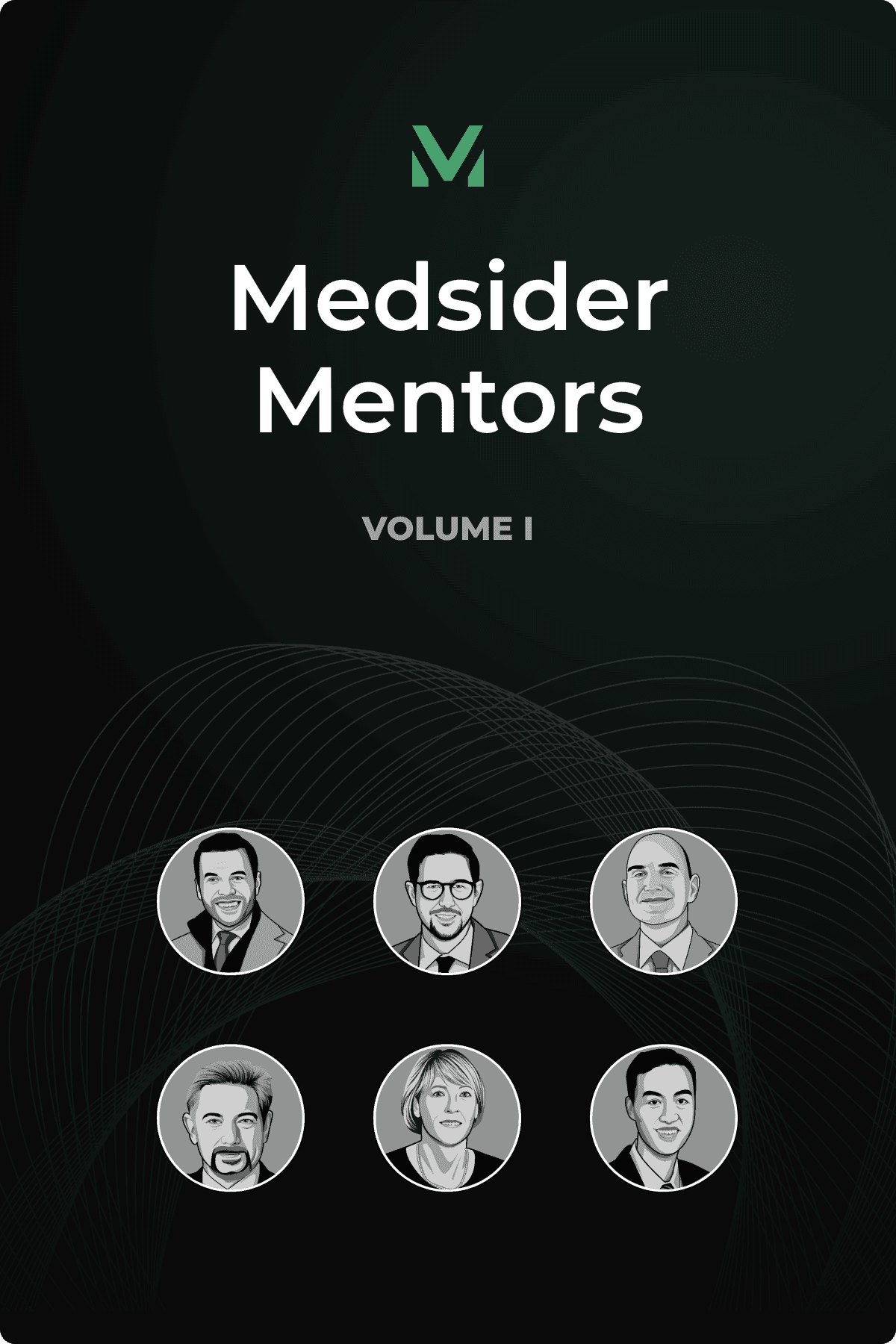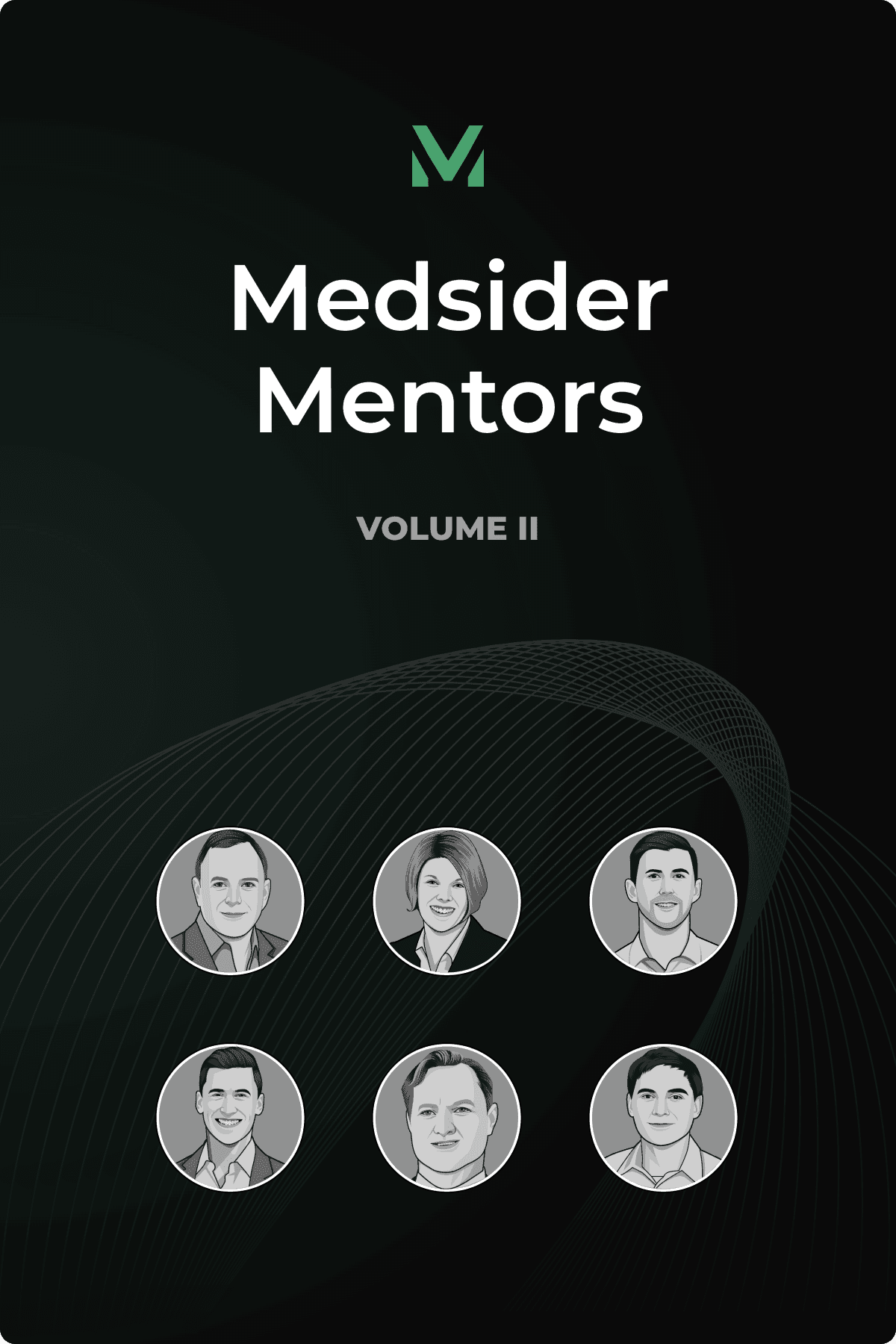How to Talk About a Technology No One’s Seen Before
Interview with Asensus Surgical CEO Anthony Fernando

Key Learnings From Anthony's Experience
When building a new category, position novel technology within familiar frameworks. Breakthrough products without clear competitors often face a credibility gap. Asensus encountered this in 2017-2018 with its digital surgery platform — the first of its kind. Instead of leading with futuristic features, they framed the innovation as an extension of trusted robotic systems, making it feel like a logical next step.
Help the FDA help you by speaking their language. Regulatory success with novel tech hinges on translating innovation into familiar terms. When Asensus sought approval for its AI-driven surgery platform — with no precedent — they avoided overwhelming FDA reviewers. Instead, they drew parallels to aviation and grounded their approach in well-established AI models.
Don’t wait for the acquirer to connect the dots — paint the picture yourself. When pursuing a strategic acquisition, the onus is on you to show how your technology advances the buyer’s vision. Asensus did just that, proactively mapping out how its digital surgery platform could complement KARL STORZ’s portfolio and accelerate shared goals. That clarity helped drive the deal — and paved the way for global scale, backed by a world-class distribution network.
Automation has transformed nearly every industry it's touched — driving down costs while improving quality and efficiency.
That hasn't fully held up in healthcare. Despite decades of promise, surgical robotics has struggled to deliver the same transformative gains.
That contradiction captured Anthony Fernando’s attention. As an engineer who had worked across defense, lab automation, and medtech, he couldn't help but ask: why hadn't surgical robotics lived up to its potential? "In every other sector — automotive, industrial, you name it — automation drives down costs, improves quality, and drives efficiency," he says. "That just wasn't happening in healthcare."
At Asensus Surgical, Anthony found a company grappling with the same fundamental question. At the time, Asensus had developed a multi-port robotic system and was preparing to commercialize its first-generation product, the Senhance Surgical System. But the leadership team sensed the opportunity — and the need — for something more: a digital-first, AI-enabled platform that could guide surgeons toward better performance and outcomes. It wasn't just about building a new robot. It was about reimagining the role of robotics in surgery altogether.
Anthony had already been with the company in a range of leadership roles when he stepped into the CEO position in 2019 — just as Asensus was entering a pivotal phase. With no clear competitive precedent and little regulatory playbook for digital surgery, he helped steer the company through a high-stakes evolution. The result: a new category Asensus calls "performance-guided surgery" — and a strategic acquisition by KARL STORZ, which closed in August 2024 and is now poised to scale the platform globally.
Anthony remains focused on addressing the longstanding gap between surgical robotics and the efficiency gains automation has delivered in other industries.
You May Like These Articles
Medsider Premium
Become a premium member and unlock access to exclusive Medsider benefits.



